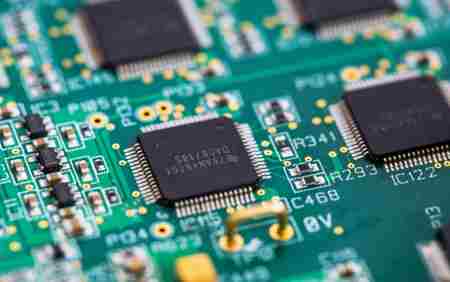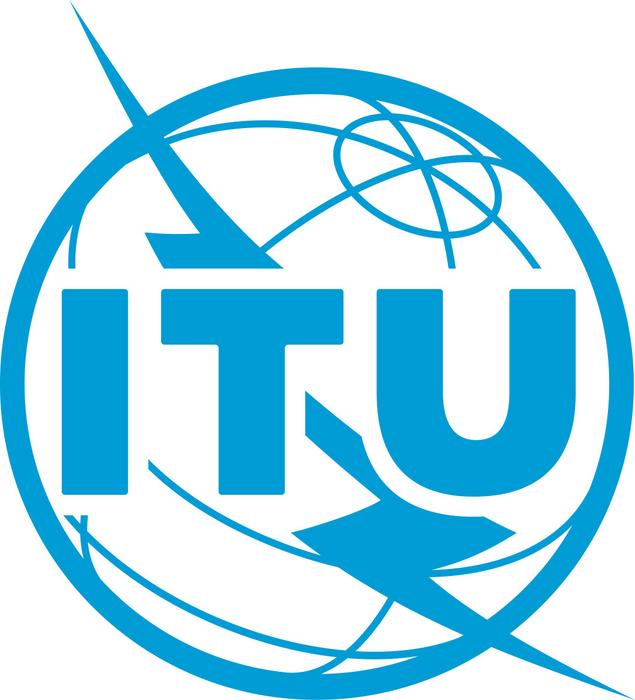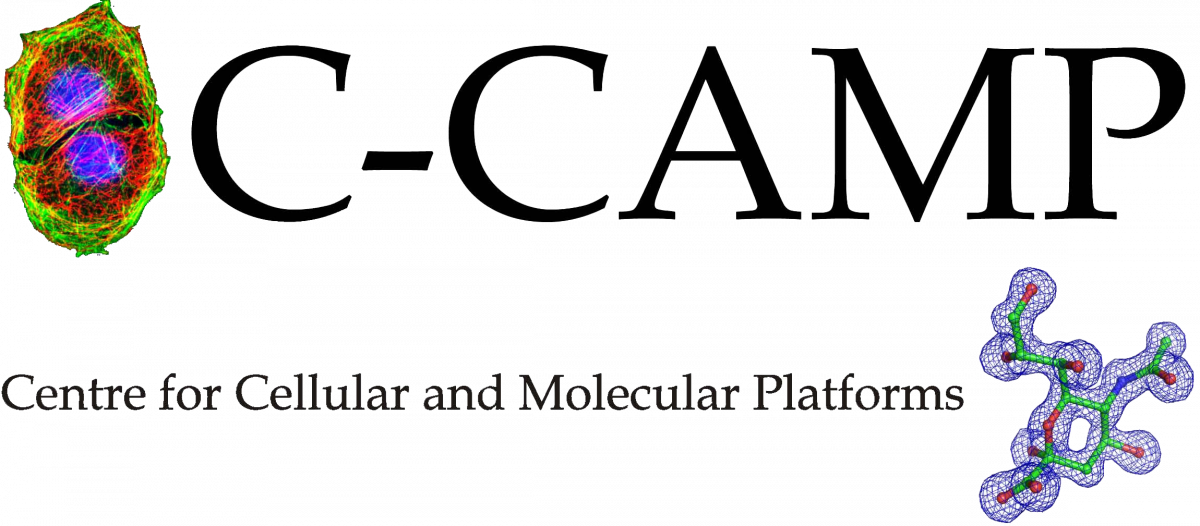Imagine a future where your phone charges in minutes, electric cars are cheaper, and batteries are made from materials that are abundant and eco-friendly. That future might be a step closer, thanks to researchers at the New Jersey Institute of Technology (NJIT) who are using AI to discover new materials for next-generation batteries.
What’s the Problem With Lithium-Ion Batteries?
Lithium-ion batteries are everywhere — in your laptops, phones, and electric vehicles. But lithium is expensive, not super abundant, and mining it has environmental downsides. Plus, demand is growing fast, and supply might not keep up.
That’s where multivalent-ion batteries come in. Instead of using lithium (which carries one positive charge), they use ions like magnesium, calcium, aluminum, or zinc, which carry two or three positive charges. That means they can potentially store more energy in a smaller space — a huge plus for future tech.
But there’s a catch: these ions are bigger and heavier, which makes it harder to find materials they can easily move through.
Where AI Comes In
Testing every possible material in a lab would take forever. So, the NJIT team led by Professor Dibakar Datta used generative AI to search through thousands of potential materials quickly.
Here’s how they did it:
-
They built a Crystal Diffusion Variational Autoencoder (CDVAE) — think of it like an AI artist trained on thousands of crystal structures, now creating its own original designs.
-
They paired it with a Large Language Model (LLM) — the same kind of tech behind ChatGPT — to identify which of these new materials would actually be stable and usable.
This powerful combo allowed them to discover five totally new porous materials that look ideal for multivalent-ion batteries. These materials have large open channels, perfect for letting the bulky ions move around efficiently.
Why This Is a Big Deal
Normally, discovering new materials is a slow, trial-and-error process. But with this AI-driven method, researchers can speed things up dramatically — not just for batteries, but for any advanced material.
Professor Datta put it best: “This isn’t just about batteries — it’s about creating a smarter way to explore materials for everything from clean energy to electronics.”
What Happens Next?
The team ran simulations to check if the materials could actually work, and the results are promising. Now, they’re partnering with experimental labs to synthesize and test these materials in the real world.
If all goes well, this could lead to cheaper, more sustainable batteries — and a big leap forward in green technology.
- Press release – New Jersey Institute of Technology







